Females of this rare species are famous for their reluctance to mate, making it very difficult for males to find a mate.
Strange bird that cannot fly
The kakapo, the world's only flightless parrot, has bright green feathers and an owl-like face. It is endemic to New Zealand. Numerous fossils have been found in many areas of the island nation, suggesting its long-standing presence there.
The Kakapo is a nocturnal bird, hence the nickname "night owl". In addition, with its parrot-like characteristics, this bird is also known by other names such as "parrot owl" or "Kakapo parrot".
Kakapo parrots mainly live in dense forests, where there are many grasses and vegetation. One of the typical characteristics of this "night owl" is its completely vegetarian diet. Instead of consuming meat, Kakapo mainly eats almonds and fruits from Muselin, Rimu, Matai, Totara trees, which usually bloom in spring and summer. Among them, the favorite food of Kakapo parrots is the fruit of Rimu tree, a special tree that only blooms once every 4 years. With a vegetarian diet, Kakapo has an average lifespan of up to 60 years.
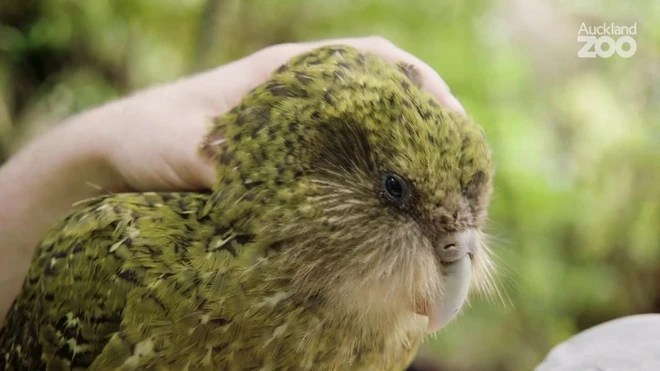
An adult male kākāpō can weigh up to 2.2 kg. Photo: Auckland Zoo.
Strange living habits
The kakapo was once on the brink of extinction due to the introduction of exotic predators such as stoats, due to its flightlessness. The situation was further exacerbated by inbreeding and low fertility rates, with only about 50% of eggs being fertilized.
The kakapo is the only parrot species that is polygamous, but the females have one peculiar trait: they do not like to mate. Their mating frequency is very low, maybe only once every two years, causing the population of this species to dwindle and only a very small number remain, making it difficult for males to find a mate to continue the species.
Every day, males can make up to 10,000 calls to attract females. Their calls are hoarse and very low in frequency, but very powerful, and can be transmitted up to 5 km. In addition, this rare parrot species is also impressive because of the pleasant scent emanating from its body, similar to the smell of flowers, honey or beeswax, creating an attractive characteristic.
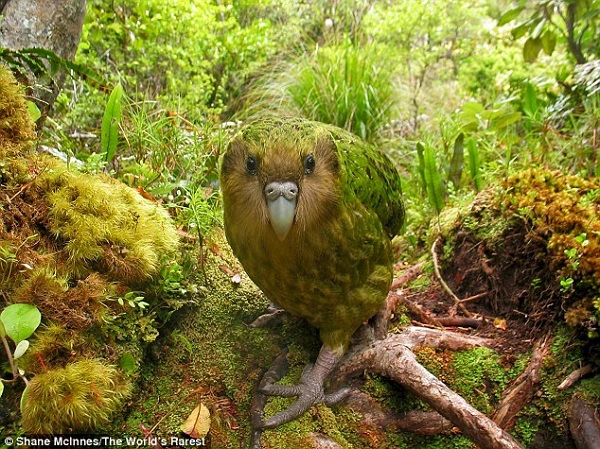
Image of a parrot named Sirocco. Photo: The World's Rarest
New hopes for species on the brink of extinction
In 1995, the Kakapo population was down to 51 individuals. However, thanks to conservation efforts, the Kakapo population has now increased to 252 after a successful breeding season.
"When I started as a Kakapo ranger in 2002, there were only 86 left. That was a worrying number. However, having a breeding season with 55 birds is a very positive step forward," said Deidre Vercoe, executive director of the Kakapo Recovery Program.
The Kakapo Recovery Program, established in 1995, is a partnership between the New Zealand Department of Conservation and the Ngai Tahu Maori tribe. Volunteers monitor and protect nests, providing a safe environment for the birds to live in. Some Kakapos are also rescued in emergency situations, such as when they become stuck in mud or when their feet get caught in trees.
Ms Vercoe said the surge in kakapo numbers this year was largely due to a bountiful harvest of rimu fruit, combined with the success of artificial insemination. Eight chicks have been born from this method, compared to just five in the decade before 2019.
“Using artificial insemination helps preserve the genes of males who have never mated naturally, ensuring that their genetics will be maintained in the future,” Ms. Vercoe explains.
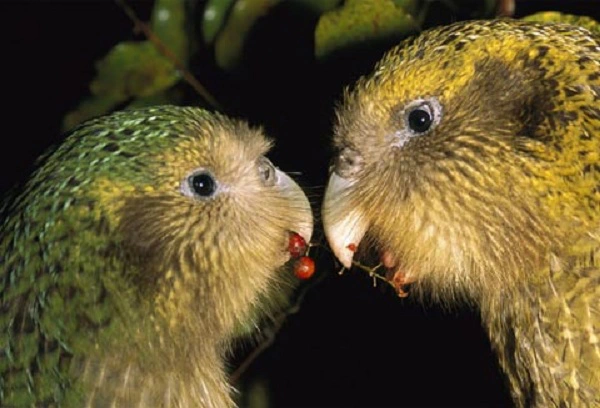
Kakapo parrots mate very infrequently, sometimes up to once every 2 years.
A study published on August 29, 2023 in the journal "Nature Ecology & Evolution" revealed that scientists sequenced the genomes of 169 Kakapo parrots, nearly the entire population of the species. The research began in 2018 and the results showed: Analyzing the parrot's DNA gives scientists a clearer view of the causes of the decline in Kakapo numbers. Specifically, the study pointed to genetic traits that could make the parrot vulnerable, such as problems with disease resistance and reproductive difficulties.
The sequencing project, funded by the University of Otago’s Genomics Aotearoa, is playing a key role in helping New Zealand manage the health of its endangered species. The researchers say the advanced techniques are not only valuable for kakapo conservation, but could also be applied to other endangered species.
Thuy Linh (Synthesis)
Source: https://giadinh.suckhoedoisong.vn/loai-vat-quy-hiem-bac-nhat-thuoc-ho-chim-ma-khong-biet-bay-sap-tuyet-chung-thi-hi-vong-moi-xuat-hien-172241108072549367.htm



![[Photo] Nhan Dan Newspaper displays and solicits comments on the Draft Documents of the 14th National Party Congress](https://vphoto.vietnam.vn/thumb/1200x675/vietnam/resource/IMAGE/2025/10/26/1761470328996_ndo_br_bao-long-171-8916-jpg.webp)











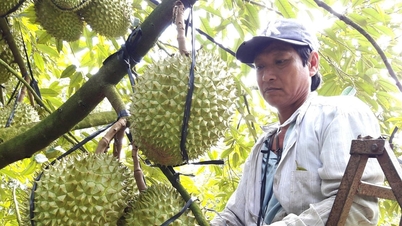

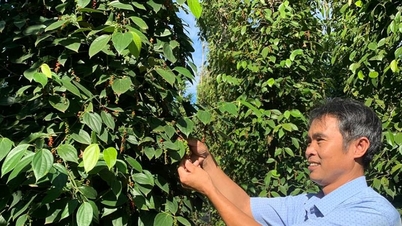





















































































Comment (0)